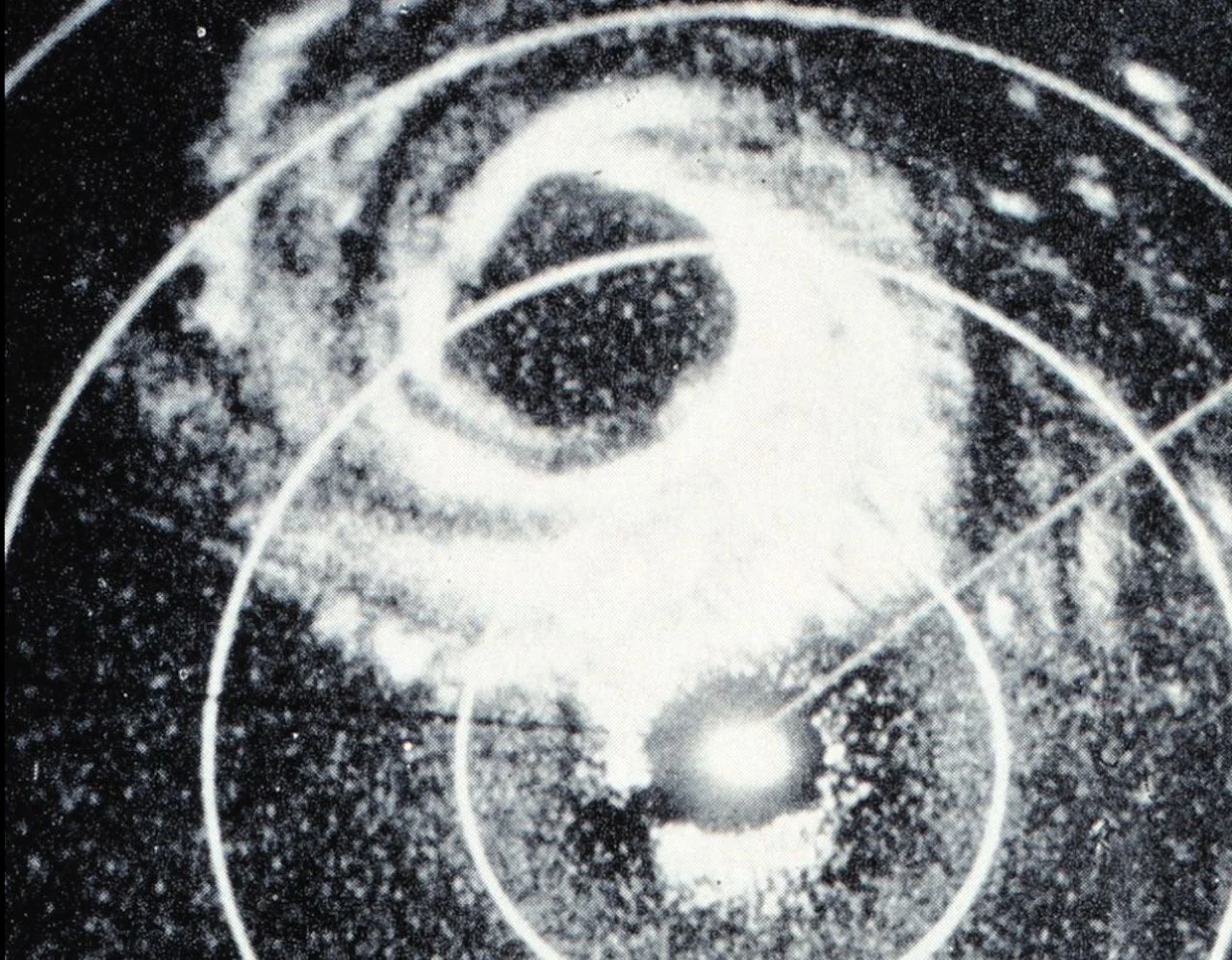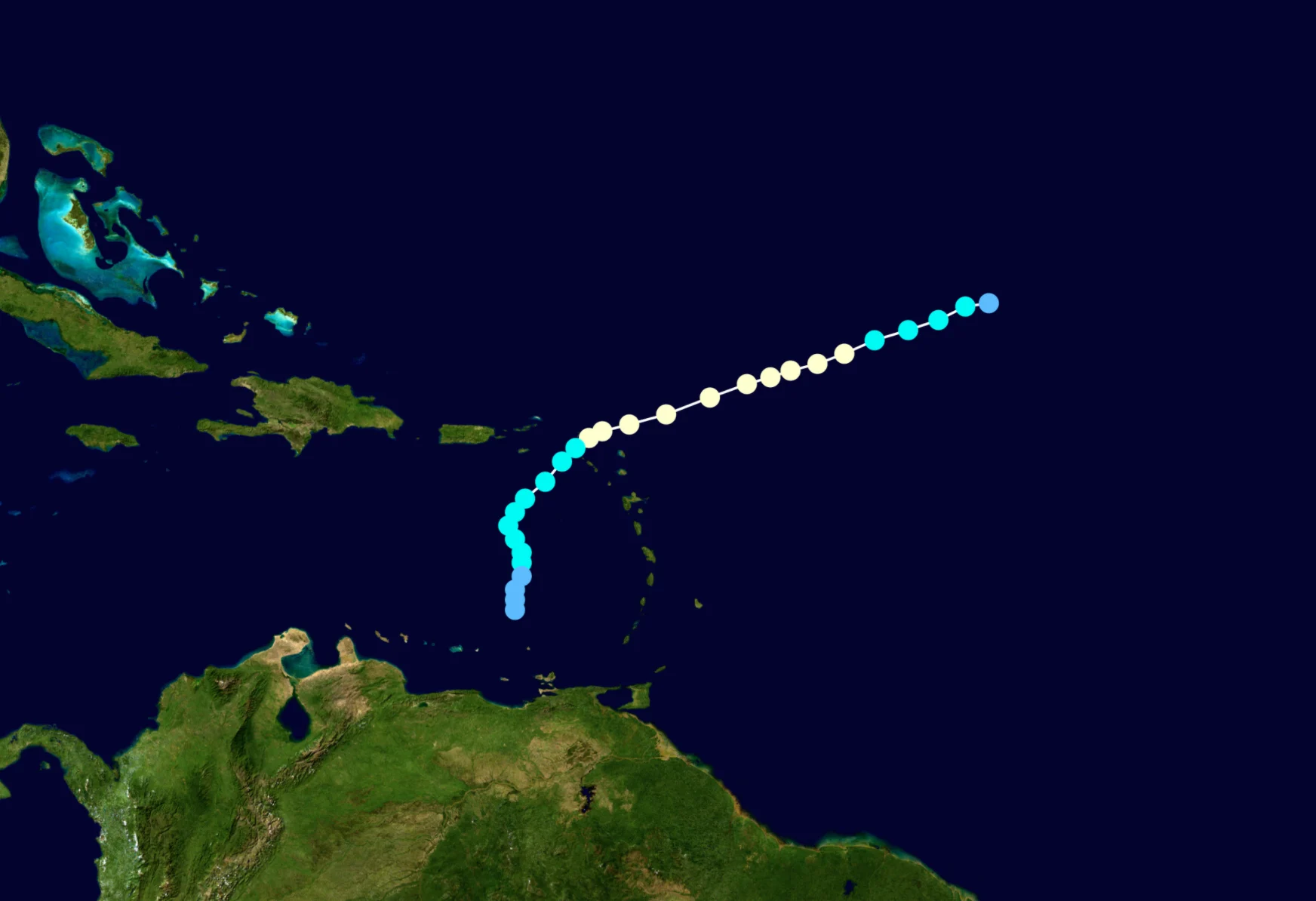
Hurricane Alice's adventures in the Caribbean as it became the 2nd Alice of '54
The storm reached hurricane status on Jan. 2, 1955, though it technically formed in 1954, making it the second Hurricane Alice of 1954.
This Day In Weather History is a daily podcast by Chris Mei from The Weather Network, featuring stories about people, communities and events and how weather impacted them.
--
Hurricane Alice could be a little bit trippy because there were two storms named Alice in 1954. The first storm was Hurricane Alice in June 1954, "Alice 2" only reached tropical cyclone status that calendar year.
On Jan. 2, Alice went from tropical cyclone to hurricane status. Alice developed on Dec. 30, 1954, from a low-pressure trough in the Atlantic. This is the only Atlantic hurricane that spanned two calendar years.
Alice brought some heavy rainfall and moderately strong winds, reaching peak gusts of 150 km/h. across several islands along its path.
Saba and Anguilla were the most impacted areas, with US$623,500 (1955) worth of damages.

Map plotting the track and the intensity of the storm, according to the Saffir–Simpson scale. (NASA/Wikipedia)
Alice formed later in the calendar than any other Atlantic tropical cyclone, even beating Tropical Storm Zeta from 2005 by six hours. Though in 1954, 44 hurricanes were tracked by reports from ships and islands, as they didn't have the modern convenience of satellites.
There were no reports of any deaths, of people, nor rabbits.
Subscribe to 'This Day in Weather History': Apple Podcasts | Amazon Alexa | Google Assistant | Spotify | Google Podcasts | iHeartRadio | Overcast'
Thumbnail: Image of PPI scope of SPS-6 radar on the USS MIDWAY showing Hurricane Alice northeast of British Virgin Islands. Courtesy of U.S. navy photographer Bruce L. Wolfson PH3/Wikipedia









